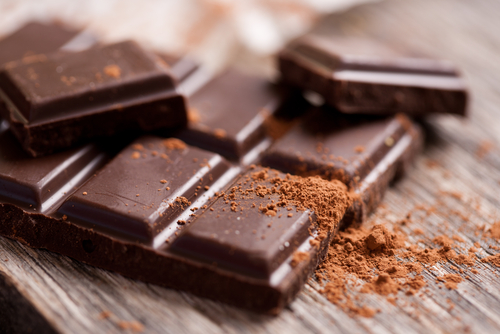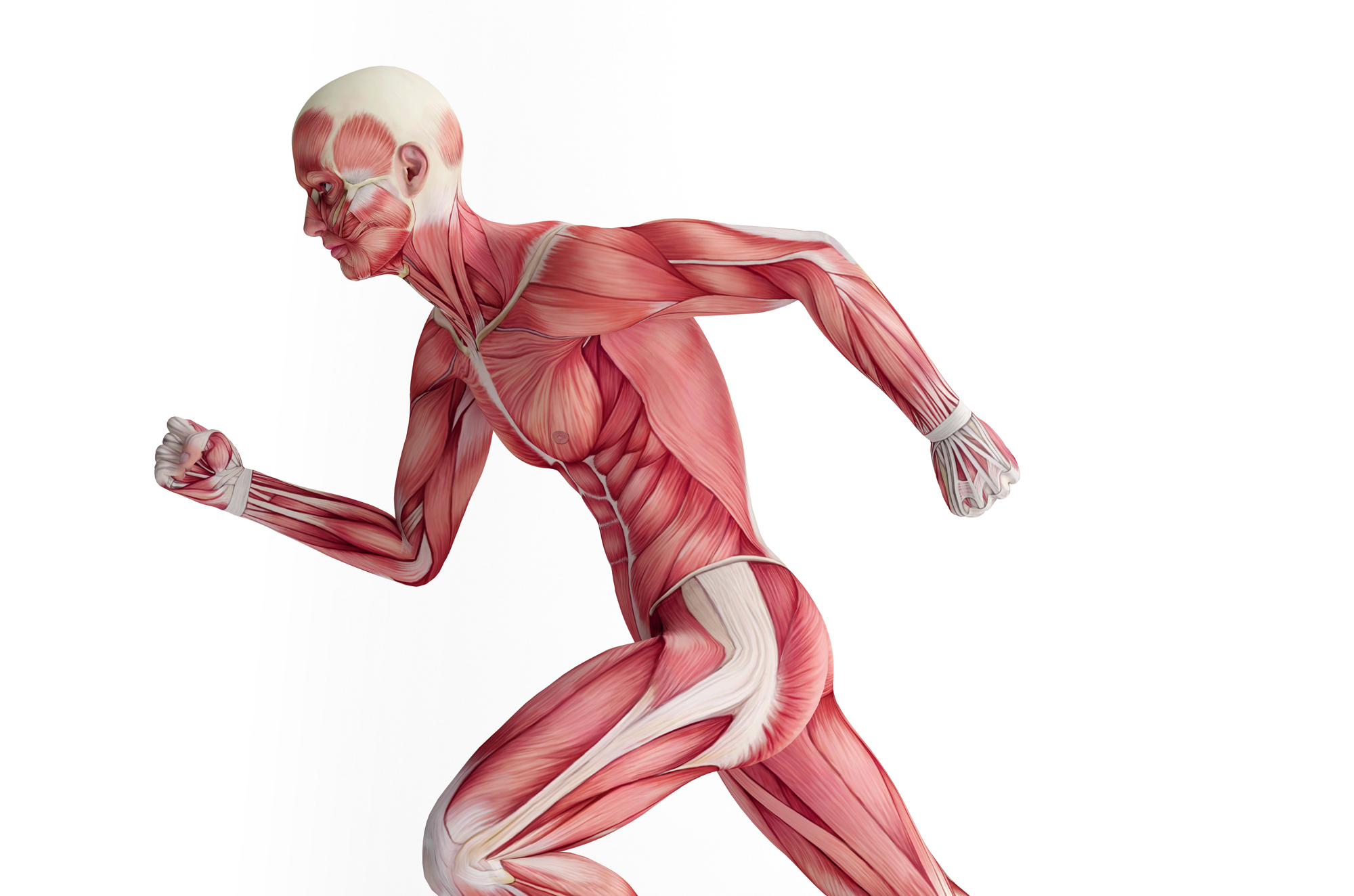Three Things in Chocolate That Make You Happy, and One That Kills Dogs
- August 21, 2014
- By KIDS DISCOVER
Most people like chocolate because it’s yummy. But we also like it because some of the 300-plus chemical compounds it contains stimulate the brain’s pleasure centers and give us energy. Scientists think we often crave chocolate not because we’re hungry — who needs to be hungry for chocolate? — but because the brain seeks pleasure.
The darker the chocolate, the likelier it is to provide that pleasure. So the bar you buy in a vending machine won’t deliver the same effects you’d get from a bar of dark chocolate, or even from a chunk of semisweet baking chocolate.
Here are four of the compounds in chocolate that affect our brains:
Caffeine
Yes, the same alkaloid in coffee that makes you alert (and jittery) is also in chocolate. It prompts the brain’s dopamine receptors to release pleasure-producing chemicals. Dopamine is a powerful neurotransmitter the body produces to help control our reward and pleasure centers and to regulate emotional responses.
Phenylethylamine
Also known as the “love drug” because it releases the same brain chemicals produced by feelings of love, this compound is related to the amphetamine family of stimulants. It too prompts your brain to release dopamine. Weirdly, there’s less phenylethylamine in chocolate than there is in some kinds of goat cheese.
Anandamide
Found in chocolate but also synthesized by the brain from other substances, this neurotransmitter affects how the brain experiences pleasure. It may be what produces “runner’s high.”
Theobromine
The mild lift this compound provides is nice, but that’s not what makes it noteworthy. We pay attention to this alkaloid mostly because it’s what makes chocolate poisonous for dogs and other animals. Thanks to theobromine, eating two to three ounces of chocolate can make even a person nauseated, anorexic, sweaty, and headachy. Plant alkaloids are serious; some you won’t find in chocolate include morphine, cocaine, nicotine, and strychnine.



